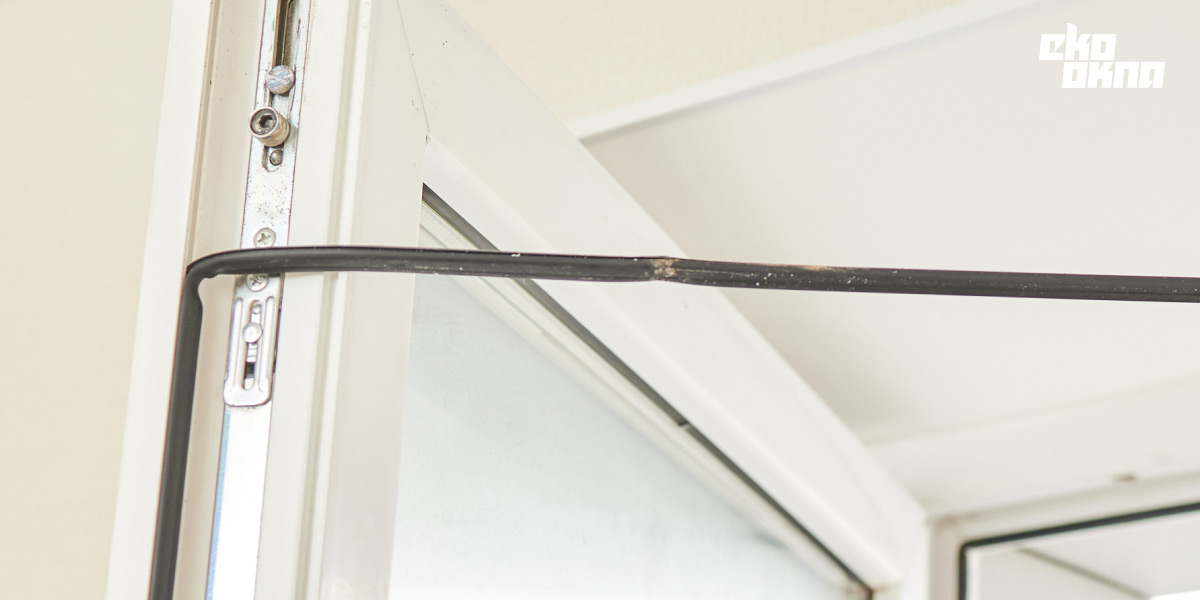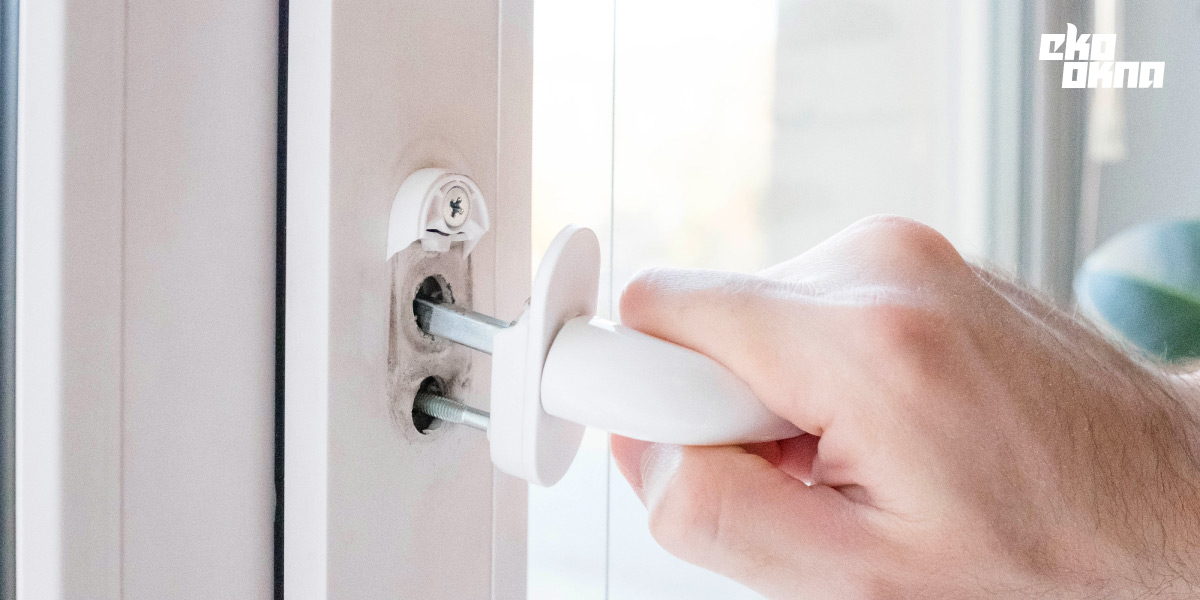02 October, 2024
Windows
We typically don't think about how to adjust PVC windows because we're not aware of the need for it or even the possibility. In reality, modern window frames allow for adjusting the window sash's pressure and position. In this text, we'll explain why adjusting plastic windows is necessary, how adjustment mistakes manifest, and how to adjust PVC windows on your own.

Adjusting a window sash should be as natural to us as leveling a fridge or washing machine. Any improperly positioned appliance or device will not function correctly and could even face damage. The same applies to windows.
In practice, there are two types of adjustments for PVC windows:
The first adjustment is done by the installer. Proper window adjustment requires setting them up correctly in the space where they will operate. Over time, however, a window may become misaligned, but there's nothing stopping you from adjusting it yourself to restore it to perfect condition.
On the other hand, adjusting the window's tightness is related to external conditions. This is often referred to as the summer-winter adjustment, as different pressure is needed in the summer compared to the winter. We'll elaborate on this shortly.
As mentioned earlier, the window sash must be adjusted for the first time right after installation. The installers will take care of this for you. However, ongoing regular adjustments will be your responsibility. Ideally, this should be done twice a year: in the spring and autumn.
Most of the time, you'll adjust your windows because of changing outdoor temperatures, aiming for optimal thermal insulation while maintaining proper air circulation.
Don't worry, it only sounds complicated.
Modern, airtight PVC windows provide a strong sash-to-frame seal, preventing cold air from entering during the colder months. However, in warmer weather, we prefer better air circulation and don't need to be as sealed off from the outside. Window manufacturers anticipated these needs and created simple mechanisms for adjusting window hardware according to the season.
Now that we know why and when to adjust the sash pressure, it's time to learn how to adjust the window pressure yourself.

Here’s how to switch from the "summer" to "winter" position:
Important Notes:
It’s not as intimidating as it seems, but if you're not confident, you can always ask a handy friend for help or hire a professional.
Seasonal adjustment of plastic windows for tightness is one thing. Another important aspect is the periodic adjustment of the window's positioning. Especially with older windows, the sash may shift relative to the frame, leading to various issues. There are several warning signs that should alert us.
Operational Difficulties:

Tightness Issues:
Visible Damage and Wear:

This list of potential problems isn’t exhaustive but covers most cases. It's important to remember that adjusting old, heavily damaged, or worn windows may not provide sufficient results, and simply adjusting the window may not fully resolve the issue.
The first self-adjustment of PVC windows, specifically to alter the sash position, should occur about 18 months after installation—or earlier if you notice any of the above issues. In rare cases, the installation may have been faulty from the start. Fortunately, this is uncommon.
This corrective adjustment is needed because windows settle into the openings they are installed in. Large windows may also experience slight warping.
Adjusting windows should be treated like checking a car's fluid levels—something done regularly for peace of mind and to prevent bigger problems.
How Often Should You Adjust Your Windows' Position? Typically, checking once a year to see if an adjustment is needed is sufficient. In fact, many window owners may never need to perform extensive hardware adjustments.
Window positioning adjustment mainly involves adjusting the window hinges. This allows for both vertical and horizontal adjustments. Improving the window's position also impacts the sash's tightness, as incorrect alignment can prevent proper sealing.
Remember, winter-summer adjustments will not be effective if vertical positioning is incorrect.
The hinge adjustment process may vary slightly depending on the window manufacturer and model, but the general principles remain the same.
Preparation:

Adjustment:
Verifying Adjustment: Once you’ve completed the adjustment, open and close the window several times to ensure it moves smoothly and that the sash is properly aligned with the frame. If the window isn’t operating smoothly or the pressure is incorrect, revisit the vertical adjustment.

Important Note:
Adjusting tilt-and-turn PVC windows is a delicate process that should be done carefully and slowly. Although hardware damage isn’t common, it can happen. If you’re unsure how to adjust the height of your PVC window, it’s better to consult a specialist.
We hope that our window adjustment instructions will make the annual maintenance of your windows hassle-free. The step-by-step guidance provided here is designed to help you follow a simple path to success.
It's important to remember that PVC window adjustment is often unnecessary—you just need to check that everything is in good working order. In most cases, the only regular adjustment is switching between the summer and winter settings. Even this can be skipped if you're not experiencing any discomfort with the current setup.
There are various systems on the market, and newer generations of windows have minor differences in their design. This means that, depending on the model, you might need an Allen key, pliers, or even a screwdriver to adjust your PVC windows. However, the basic principles remain the same.
Lastly, as we've mentioned before, if you're not confident about adjusting the windows yourself, many window installers and service providers offer professional adjustment services. You can easily find them using our distributor map.
Good luck!

Hotline: +48 32 459 15 00 Contact for new business customers only. Connection fee in accordance with the operator`s price list.
E-mail: quoteuk@ekookna.com newclientuk@ekookna.com Contact for business customers only.
Eko-Okna S.A.
Kornice, ul. Spacerowa 4
47-480 Pietrowice Wielkie
NIP: 6391813241
KRS: 0000586067